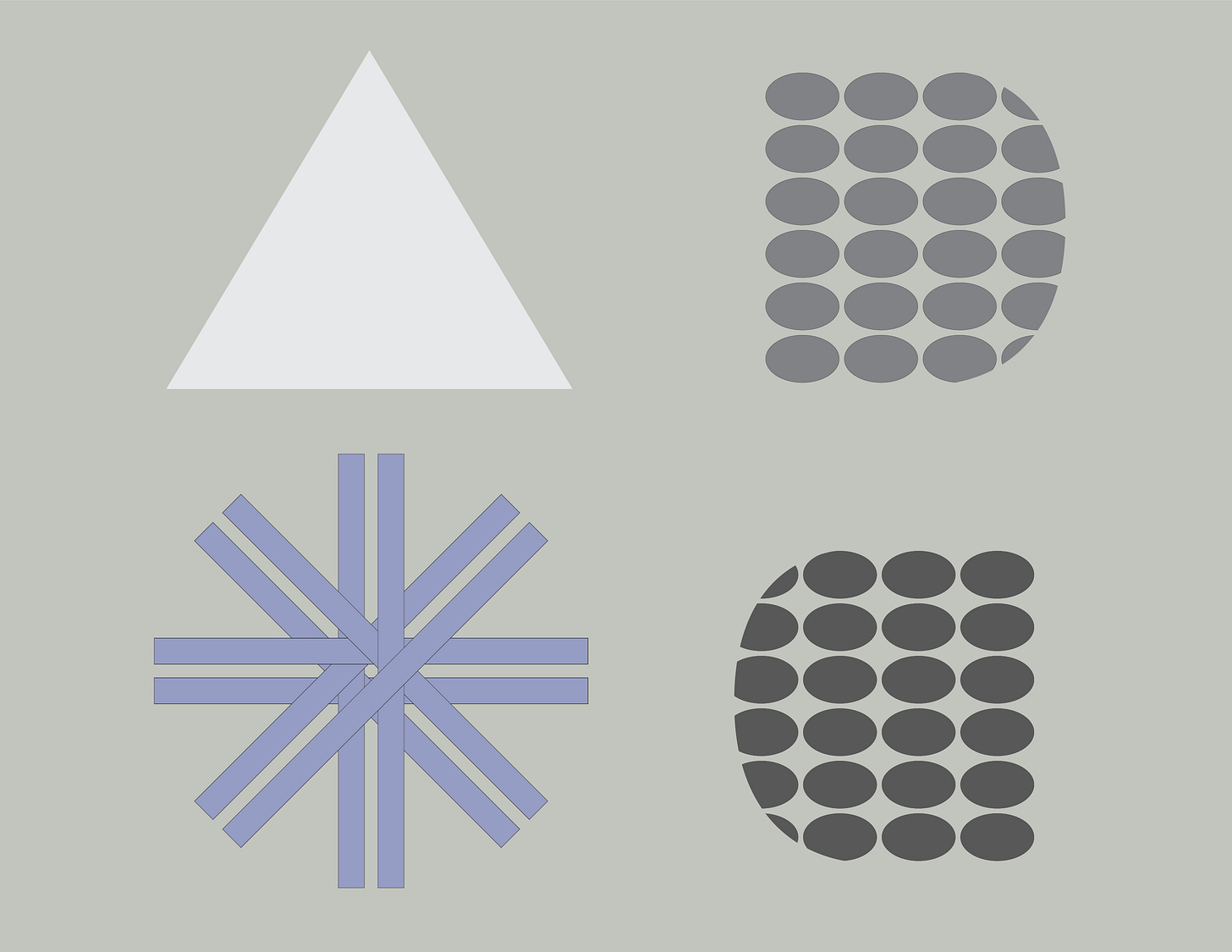Movement is exceptionally powerful for people with ADHD. It reduces hyperactivity and increases attentiveness. It also improves cognitive functioning.1 So whether you’re a teacher, a parent, or someone with ADHD, you’ll find these six movements useful.
Stairs
Go up and down several flights of stairs. Increase your heart rate. Most research suggests that exercise should be “moderate to vigorous” to be helpful, so get that blood flowing! If you’re looking for a greater challenge, try skipping one or even two steps to get those glutes pumping.
Wall Push Ups
Wall push-ups are more accessible than their floor-bound cousin. They are helpful not only for getting the heart rate going, or the arms straining, but for changing the head position and engaging the vestibular system. This had been demonstrated to improve attentiveness.2
Deep Pressure Bounce
Another way to activate the vestibular system and get the heart rate going are deep pressure bounces. This movement can be done on an exercise ball or a taut rope on a playground structure. Using your legs to lower and raise yourself, simply bounce—not high enough that you get airborne, but enough that your legs start aching.
Figure 8s
Take a ball and pass it between your hands, traveling between your legs in a figure-8 shape. While this exercise likely won’t get your heart rate going, it is useful in developing skills in “crossing the midline,” which occupational therapists have found are essential not only to everyday functioning, but can provide a good “cleanse” for a fatiguing brain.3
Yoga Poses
Of course, yoga has terrific health benefits. It can be vigorous enough to get the heart rate going, strenuous, engage the vestibular system and cross the midline. Some of my favorite poses to do with students include:
Tree Pose
Forward fold to mountain
Warrior One
Dangles
This one is my favorite. It’s as straightforward as it sounds: dangle from a pull up bar without your feet touching the ground. This is great for releasing tension in the back, engaging your sense of balance, and building some upper body strength. 10/10 would recommend.
Pontifex, M. B., Fine, J. G., da Cruz, K., Parks, A. C., & Smith, A. L. (2014). THE ROLE OF PHYSICAL ACTIVITY IN REDUCING BARRIERS TO LEARNING IN CHILDREN WITH DEVELOPMENTAL DISORDERS. Monographs of the Society for Research in Child Development, 79(4), 93–118. http://www.jstor.org/stable/43773274
Bigelow, R. T., & Agrawal, Y. (2015). Vestibular involvement in cognition: Visuospatial ability, attention, executive function, and memory. Journal of vestibular research : equilibrium & orientation, 25(2), 73–89. https://doi.org/10.3233/VES-150544
https://www.theottoolbox.com/crossing-midline-march-gross-motor/


